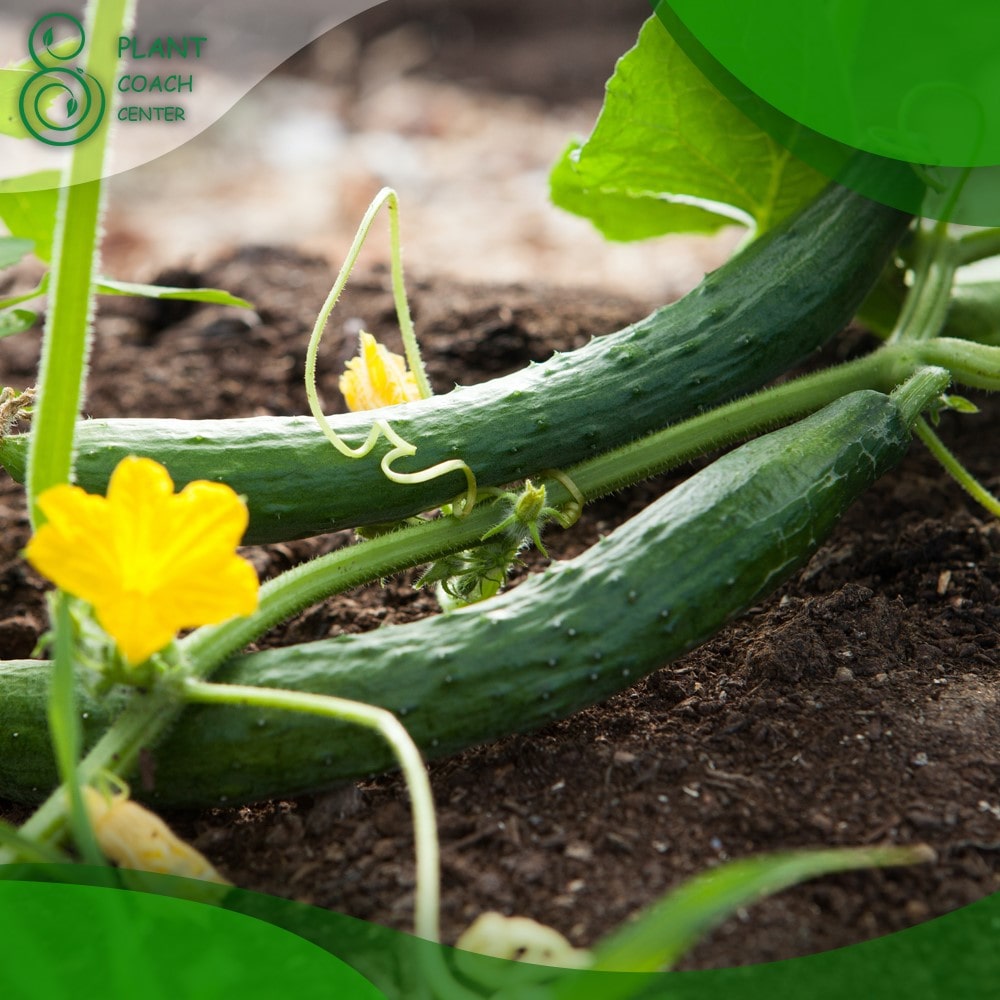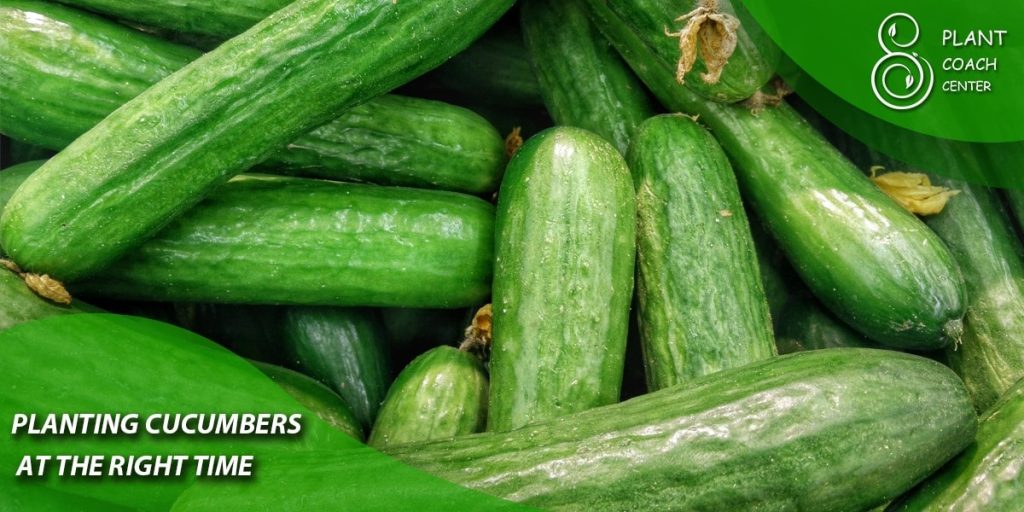When Can I Plant Cucumbers
Cucumbers are a popular vegetable that can be enjoyed in a variety of dishes. However, timing is crucial in the cultivation of cucumbers, as planting them too early or too late can result in poor yields or even crop failure. In this article, we will discuss when to plant cucumbers and the various factors to consider for successful cultivation.
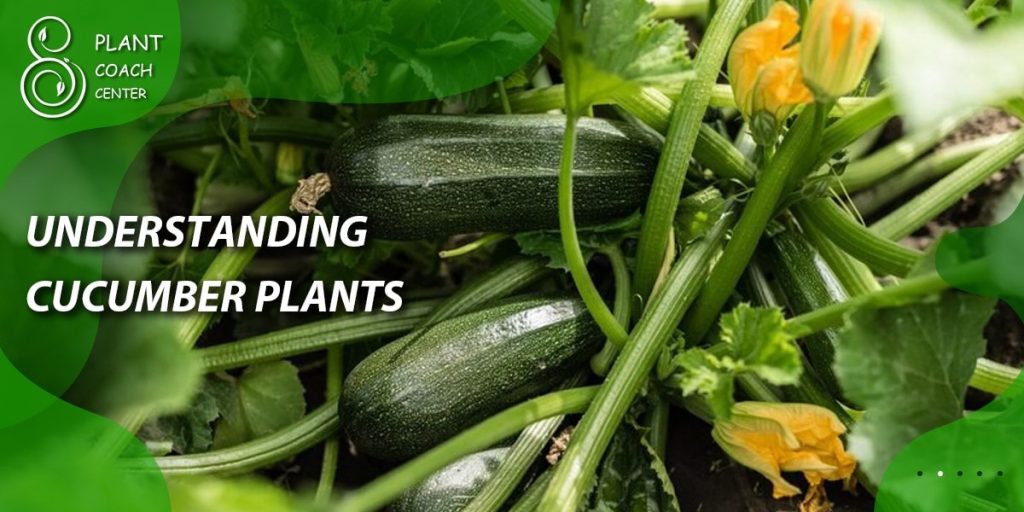
Understanding Cucumber Plants
Before we delve into planting cucumbers, it’s important to understand the basics of cucumber plants.
Overview of cucumber plants: Cucumber plants are part of the Cucurbitaceae family, which also includes squash, pumpkin, and melon plants. They are annual plants that grow on vines and have large leaves that provide shade for the fruit.
Types of cucumber plants: There are two main types of cucumber plants: slicing and pickling. Slicing cucumbers are larger and have thicker skin, while pickling cucumbers are smaller and have thinner skin.
Growing conditions for cucumbers: Cucumbers require warm temperatures and plenty of sunlight. They also need well-draining soil with good fertility and consistent moisture.
Importance of timing in planting cucumbers: Planting cucumbers at the appropriate time is crucial for successful cultivation.
Factors to Consider Before Planting Cucumbers
There are several factors to consider before planting cucumbers to ensure optimal growth and yield.
Climate and weather patterns: Cucumbers require warm temperatures, with a minimum of 60°F (15°C) for germination. They also require a long growing season of at least 60 days, which means they should be planted after the last frost in your area.
Soil structure and composition: Cucumbers prefer well-draining soil with a pH between 6.0 and 7.0. The soil should also be rich in organic matter and nutrients.
Sunlight requirements: Cucumbers need at least 6-8 hours of direct sunlight per day. Choose a planting location that receives full sun.
Watering needs: Cucumbers require consistent moisture, but they don’t like to be waterlogged. Make sure the soil is moist but not saturated.
Pests and diseases: Cucumbers are susceptible to a variety of pests and diseases, so it’s important to choose disease-resistant varieties and take preventative measures.
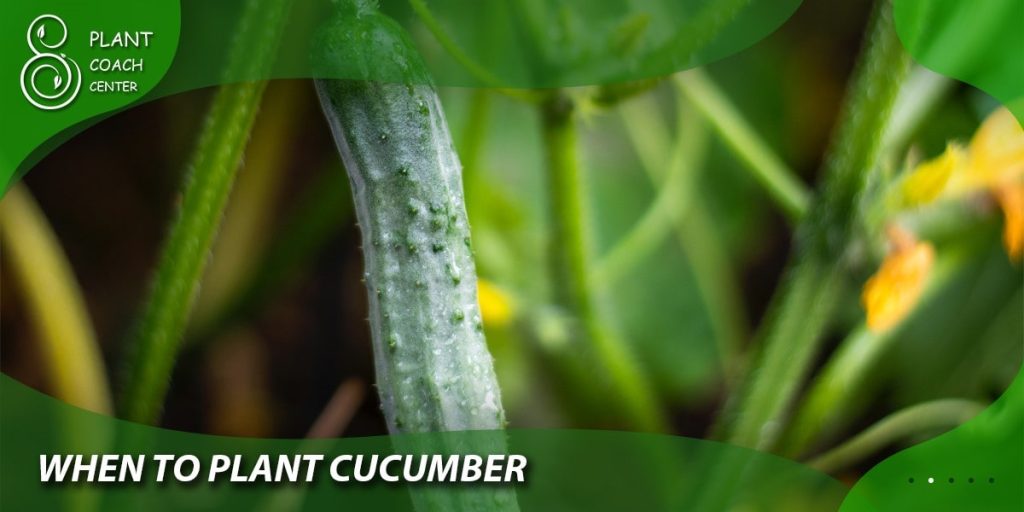
When to Plant Cucumbers: A Comprehensive Guide
The timing of planting cucumbers depends on several factors, including your climate and the variety of cucumber you’re growing. Here are some guidelines for when to plant cucumbers:
Early spring planting: In areas with mild winters, you can plant cucumbers in early spring, around 2-4 weeks before the last frost date. However, make sure the soil has warmed up to at least 60°F (15°C) before planting.
Late spring planting: In cooler areas, wait until after the last frost date to plant cucumbers. This is usually around late May to early June.
Early summer planting: If you missed the spring planting window, you can still plant cucumbers in early summer, around mid-June to early July.
Late summer planting: In areas with a longer growing season, you can plant cucumbers in late summer, around mid-July to early August.
Fall planting: In areas with mild winters, you can plant cucumbers in the fall, around 8-10 weeks before the first frost date.
It’s important to note that these planting times are general guidelines and may vary depending on your specific location and climate.
Preparing for Planting
Once you’ve determined the appropriate planting time for your cucumbers, it’s time to prepare your soil and seeds.
Soil preparation: Before planting, amend your soil with compost or other organic matter to improve fertility and drainage.
Fertilization and composting: Cucumbers are heavy feeders, so it’s important to fertilize regularly throughout the growing season. Composting is also a great way to add nutrients to your soil.
Seed selection and preparation: Choose disease-resistant cucumber varieties and soak the seeds in water for a few hours before planting to improve germination.
Transplanting and spacing: If you’re transplanting cucumber seedlings, wait until they have at least two true leaves before planting them in the ground. Cucumbers should be spaced about 12 inches apart in rows that are 5-6 feet apart.
Trellising and support systems: Cucumber vines can get quite long, so consider using a trellis or support system to keep them off the ground and make harvesting easier.
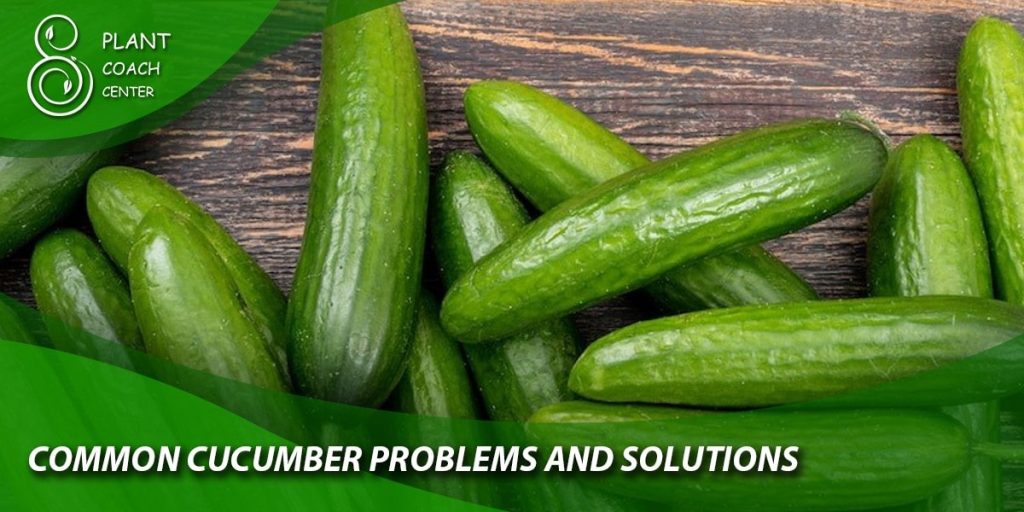
Common Cucumber Problems and Solutions
Despite your best efforts, cucumbers can still experience issues like pests, diseases, and environmental stressors. Here are some common problems and solutions:
Pests and diseases: Cucumber beetles, aphids, and powdery mildew are common issues for cucumber plants.To address these problems, consider using insecticidal soaps or neem oil for pests, and fungicides for fungal diseases. Crop rotation and proper sanitation practices can also help prevent these issues from occurring in the first place.
Environmental stressors: Cucumbers can be affected by environmental stressors like heat, drought, and too much or too little water. Provide consistent moisture and shade for the plants during hot weather, and avoid over or under watering.
Maximizing Cucumber Yield and Quality
To get the most out of your cucumber plants, there are several maintenance and care tips to keep in mind.
Maintenance and care: Regularly fertilize and water your cucumber plants, and keep an eye out for any signs of pests or diseases. Pruning can also help improve yield and quality by promoting airflow and reducing crowding.
Harvesting and storage: Harvest cucumbers when they reach their desired size and color, usually around 6-8 inches long for slicing cucumbers and 2-4 inches for pickling cucumbers. Store them in the refrigerator for up to a week.
Tips for maximizing yield and quality: Consider using mulch to retain moisture and suppress weeds, and plant companion plants like marigolds or nasturtiums to attract beneficial insects and deter pests.
Conclusion
Planting cucumbers at the right time is crucial for a successful harvest. By considering factors like climate, soil, and timing, and taking proper care of your plants, you can enjoy a bountiful crop of delicious cucumbers.
Remember to watch out for common problems and solutions, and follow best practices for maximizing yield and quality. Happy planting!
What is the best time to plant cucumbers?
Plant cucumbers after the danger of frost has passed and the soil has warmed up, typically in late spring or early summer.
How do I prepare the soil for planting cucumbers?
Loosen the soil, add organic matter, clear weeds, and create mounds or raised beds for good drainage.
How should I plant cucumbers?
Space cucumber plants 36-60 inches apart, plant seeds 1 inch deep in mounds, water consistently, and use mulch for moisture retention and weed suppression.


